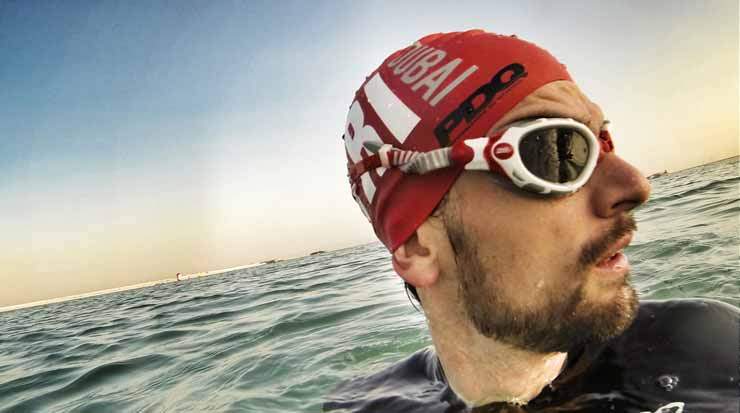Some one million football fanatics are expected to make their way to Qatar when – as the first Middle Eastern destination – the Gulf state will stage one of the most watched global events, the FIFA World Cup, in 2022.
To put this into perspective, the figure is close to the visitor numbers registered by Qatar in 2012 and represents nearly one-third of the destination’s current annual arrival figures, meaning a robust boost for both the local as well as the regional tourism sector.
“Sports tourism is very significant in Qatar as well as the Middle East and it is a major part of Qatar’s vision for 2030,” demonstrated the sector’s importance, Sherif Sabry, hotel manager, The Torch Doha, highlighting how winning the right to host such a prestigious event is set to benefit not only the country but the wider region as well.
As Elise Sarkis-Talj, group director, marketing and communications, City Seasons Hotels, noted, the Middle East, and especially the UAE, has witnessed a massive advancement on the sports scene over the past 10 years.
“Governments have placed great budgets in improving their existing sports facilities [and] building new ones and this is true for several major Levant countries, not only the UAE,” said Sarkis-Talj.
In fact, as Nikesh Naik, leisure manager, The Aviation Club & Akaru Spa, Jumeirah Creekside Hotel, Dubai, highlighted, acknowledging the sector’s potential, Middle Eastern governments and tourism bodies are allocating large sums of money for sport related infrastructure and are proactive in positioning themselves as ideal host countries for major tournaments – even when Qatar’s upcoming football championship is taken out of equation.
Naik referred to the recent announcement of Sheikh Mohammed bin Rashid Al Maktoum, ruler of Dubai, to add an AED3 billion (USD817 million) fully air-conditioned stadium to the emirate’s already impressive list of facilities and venues.
The 60,000-seat project, which does not have a scheduled completion date yet, will be slightly raised off the ground and will include exercise pitches, a training hall, sports museum, a multi-purpose hall as well as conference and exhibition auditoriums.
The development forms part of Dubai’s nine-point strategy which aims to elevate the role of sport in the emirate to the next level by staging various regional and international competitions, building a specialised medicine centre and private facilities for women, while also implementing various other initiatives in support of the booming segment.
As Naik said, the project underlines the potential the leadership sees in the future of sports in the UAE.
“Combined revenues of the five big European [football] leagues were close to AED50 billion (USD13.6 billion) in the 2014/15 season and four of the big five leagues recorded revenue growth.
This is expected to increase again in 2016/17 and spill over in high-growth regions like the UAE,” demonstrated the sector’s strength Naik.









